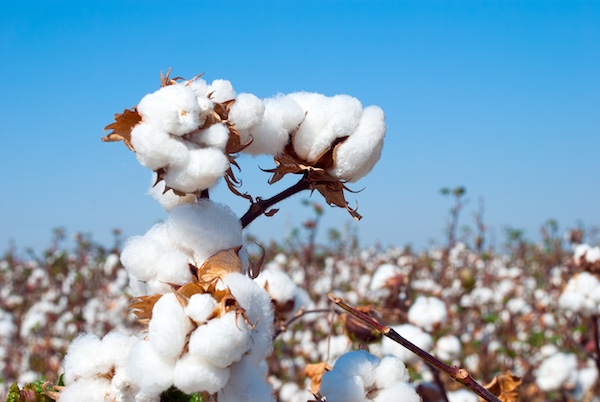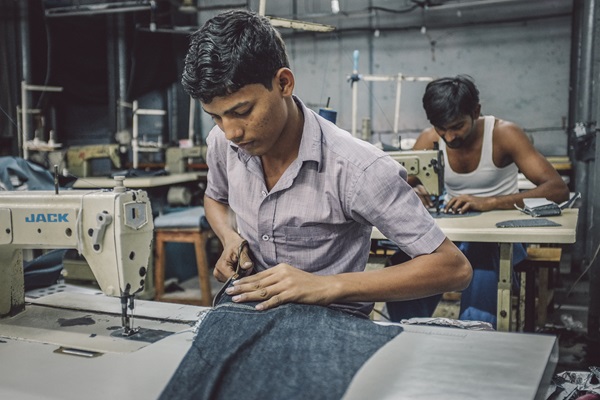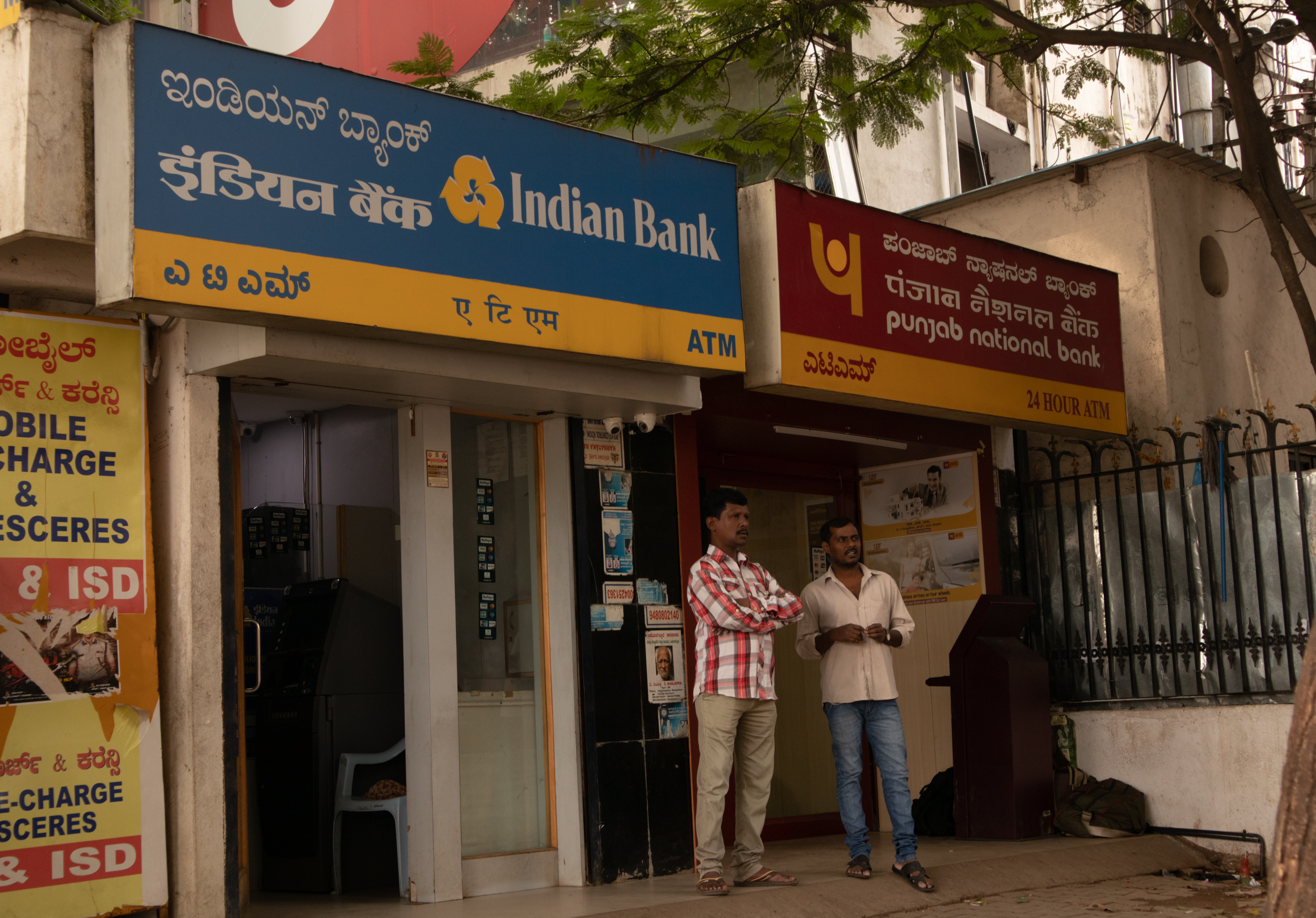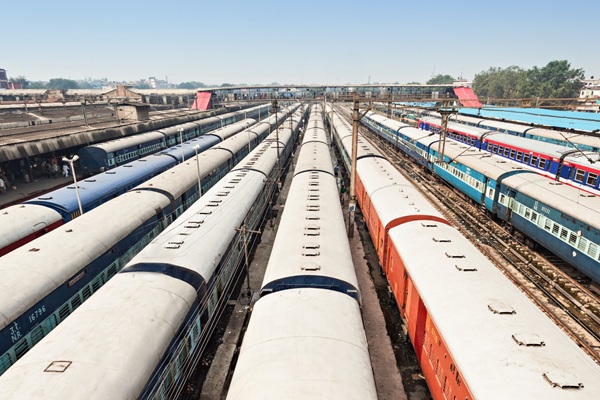.png)
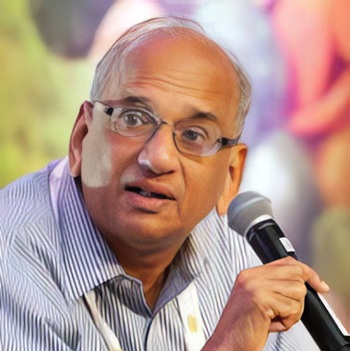
Chandrashekhar is an economist, journalist and policy commentator renowned for his expertise in agriculture, commodity markets and economic policy.
September 10, 2025 at 8:35 AM IST
Cotton is not just another crop. It is a whole economy wrapped in a boll: fibre for cloth, oil and feed from its seed, fuel and fertiliser from its waste. Few crops match its ability to create jobs, incomes and exports in equal measure. And yet, this lifeline of Indian farming and industry is now crying out for attention.
The government’s latest move to scrap the 10% customs duty on imports until 2025-end is a case in point. Mills get their fiber, but the timing is disastrous. Shiploads will arrive just as Indian farmers bring their cotton to market in November and December. Prices, already weak, will be pushed lower.
Defenders of the decision point to the minimum support price and the Cotton Corporation of India, meant to step in when the market collapses. But the truth is uncomfortable. MSP is a promise too often left unfulfilled, and CCI’s presence is patchy at best. Between October 2020 and January this year, market prices stayed below MSP for long stretches because procurement was simply not there.
Here lies the real conflict: farmers want remunerative returns for a crop that grows riskier by the year, while mills demand cheap and steady raw material. Instead of balancing the two, policy lurches from one side to the other, with no sense of continuity. Cotton today is a mirror of India’s larger agri-trade malaise that is ad hoc, reactive, and short of vision.
A Slide Ignored
The numbers tell the story. Acreage has slipped from 13 million hectares to under 11 million in just four years. Yields, once near 500 kilos a hectare, are now closer to 430. Output has fallen from 36.1 million bales in 2019-20 to barely 31 million bales this year. And for the first time in years, India is a net importer, shipping in a record 2.7 million bales, nearly double the 1.5 million of the previous year.
The irony is painful. Australian, Brazilian, and American growers celebrate windfalls from India’s import surge, while our own cultivators are left with unsold stock and falling incomes. All this is not fate or chance. It is the direct result of policy apathy, of refusing to act when the warning lights flashed bright.
If this ‘business-as-usual’ attitude continues, India will move from self-reliance to dependence on a commodity where it once held the world’s edge.
So, what’s the way forward?
Here are four big-ticket recommendations to make Indian cotton competitive:
Technology: Bt Cottonseed is facing technology fatigue. Pink bollworm resistance is now common, sucking pests are rampant. Without policy support for new-generation stacked-gene seeds, and without farmer education on practices like high-density planting, yields will keep sliding. Cotton is a crop that punishes neglect.
Genetic Research: Climate change will make cultivation tougher. The only shield is ‘climate-smart agriculture’ backed by sustained R&D. Yet, many private seed firms, faced with policy uncertainty, are cutting research budgets.
Replication: Some districts harvest twice the national average yield. Their practices, from input management to agronomy, should be studied and copied. It is inexcusable that such knowledge stays local while national yields languish.
Contract Farming: Mills cannot wash their hands of production while relying on imports. If they need fibre, they should help grow it. Farmer Producer Organisations are natural partners, and fair, transparent pricing frameworks already exist. Done right, this would give farmers assured markets and mills steady supply.
The cotton plant has always symbolised more than cloth. It symbolised resilience, dignity of labour, and India’s space in the global textile chain. To let it wither through neglect is not only an economic folly but a political failure. What is missing is not awareness, or technology. What’s missing is will.
If policy continues to drift, India will import what it once exported, and the cotton economy will become yet another case study in squandered advantage. But with urgency, imagination, and resolve, it can still be turned around. The choice, as well, rests with the policymakers.
